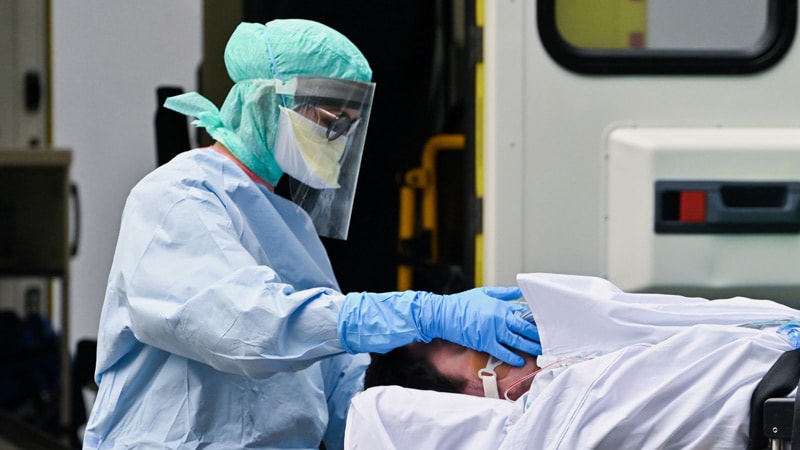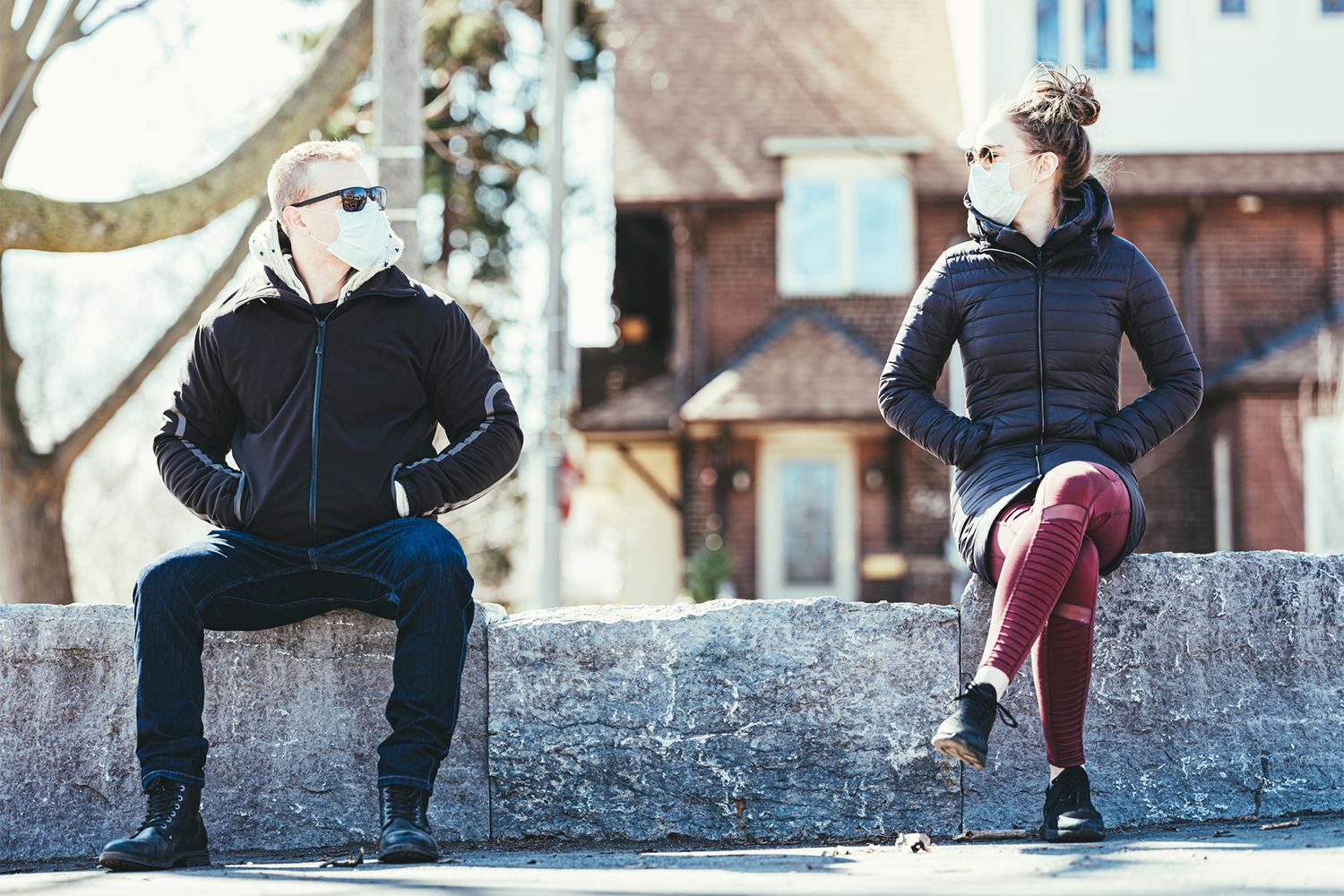
Image from washingtonpost.com
Zachary Rickmeyer
The coronavirus pandemic is currently sweeping the globe, and people are nervous about their safety and the safety of their loved ones should they contract the virus. The CDC states that “for most people, the risk of becoming seriously ill from the virus that causes COVID-19 is thought to be low.”
There are currently many conflicting numbers on the lethality of COVID-19, however, fatality rates tend to fluctuate between 0.6% on the low end (South Korea) to as high as 4.8% in the Hubei province of China. This is a notable variability when considering differences in lives lost as thousands contract COVID-19. A major contributing factor to this variability is access to testing and how broadly testing is administered throughout a population. As tests become more widely available, people with mild symptoms and those who are asymptomatic can be identified, lowering fatality rates and accounting for some of the wide disparities between countries.
According to Tomas Pueyo at Medium, the disparity might also, in part, be explained by grouping regions into those which are prepared and have the infrastructure to handle this public health crisis and those which are unprepared. Prepared regions, Pueyo explains, should tend towards lethality rates of 0.5-1% while unprepared regions can be expected to be in the 3-5% range, as much as a tenfold difference in the rate at which lives are lost.
The CDC cites that reports from China indicate serious illness is observed in about 16% of patients. Those that are most at risk are the 65+ population (80% of all fatalities come from this demographic) and those who have chronic pre-existing medical conditions. Some conditions listed by the CDC which may lead to a person being considered “high-risk” include heart disease, asthma, and severe obesity.
If you are a healthy person, your risk of getting very sick as a result of coronavirus is fairly low. Still, it is important to take measures which will have significant effects on members of our society who will be most adversely affected by COVID-19. By engaging in physical distancing, washing hands regularly, and using alcohol-based hand sanitizer, we can help to reduce the strain on our healthcare system so that providers can take the time to focus on more vulnerable members of society.
https://medium.com/@tomaspueyo/coronavirus-act-today-or-people-will-die-f4d3d9cd99ca
https://www.cdc.gov/coronavirus/2019-ncov/symptoms-testing/share-facts.html
https://www.cdc.gov/coronavirus/2019-ncov/cases-updates/summary.html?
CDC_AA_refVal=https%3A%2F%2Fwww.cdc.gov%2Fcoronavirus%2F2019-ncov%2Fsummary.html

